This little gem of a watch has to be one of the most obscure series-production watches currently issued by a top-tier manufacturer. While not claiming any serious scholarship on this matter, I note that this model is barely mentioned in the annual "Watches International", completely absent from the "Wristwatch Annual", not acknowledged on Blancpain's official web site, and a general search of the web brings up precious little beyond the occasional mention in the TimeZone archives, one of which will be quoted here.
It is therefore my entirely unsupported suspicion that this watch perhaps dates back to the earlier years of BP's re-incarnation, and has been a slow seller ever since. There have evidently been versions with white dial and with a mix of arabics and markers, as well as the present example with black dial and full arabics. The watch has evidently only been produced in stainless steel (odd, to me, for a rather thin and dressy watch) and at least currently has a display back.
In form and size it is an absolute archetype of the modern, simple handwound, measuring 36mm diameter by 6.8mm thickness, sporting a goodly-sized crown and built with a readily identifiable 3-piece case. This particular watch really seems an oddity at Blancpain. It is (I believe) their only C.O.S.C. certified watch, yet it is hardly mentioned, it is clearly an elegant, dressy watch, but is only available in stainless steel, it looks exactly like one would think a BP should, yet is rarely seen. It is almost certainly the least expensive watch they offer, yet obviously of low production. To me, this is all unfortunate because it is truly a perfect gem of a wristwatch, simple and handsome, easy to wear and to read, a lovely mechanical wonder introducing the assuredly most excellent design and execution of Blancpain at an "affordable" price. All is well as it turns out, since it offers all these virtues plus the exclusivity usually reserved for much more expensive and complicated watches.
Regarding the movement, almost all that is known has apparently been puclished by Carlos Perez in his most excellent TimeZone article Beauty, and the handwound movement..., quoted here:
"Blancpain is the most controversial of the fine watchmaking houses
for many reasons -- like its youth contrasted with its marketing
claim of vast age, but no doubt its single greatest controversy is
the movement above, Blancpain calibre 64-1. The only certified
chronometer in all of the Blancpain collections, and their only
regular production steel-cased watch fitted with a sapphire
display back, it is omitted from mention in their literature with
a modesty bordering upon shame.
The 64-1 is based on one of the last of a long line of Peseux
handwound calibres, the 7001. At 10 1/2 lignes and 2.5mm thick, it
runs at a stately 21,600 vph beat rate. In making it suitable for
their use, Blancpain completely reconstructs the top plate
elements, and finishes every detail peerlessly. The attention
lavished on this movement results in a price point reserved for
first tier watches.
"Peseux" is in fact not not the name of a manufacture, but
instead refers to the locale of Peseux within the Boudry district
of the canton of Neuchatel, where small independent ebauche
producer Charles Bernese began in 1923. It was assimilated by
Ebauches S.A. ten years later in 1933, though it remained
independently managed. The "Fabrique d'ebauches de Peseux, S.A."
began producing the calibre 7001 in 1971, as it would until 1985
when the long history of Peseux-produced handwinds came to an end
-- the year that Ebauches SA became the present consolidated ETA
SA Fabriques d'Ebauches. Production of the movement was only
recently restarted, though now at one of the ETA factories in
Grenchen.
While many speak casually of generic movements being "modified" by
watch companies - referring to little more than basic functional
finishing and a few decorative Geneva Bars, this is a rare example
of what real watchmaking skill can actually do to transform a
basic ebauche into a first class movement. It is sad to see it
relegated to obscurity, and I expect that it will eventually be
replaced by a 10 1/2''' or 11 1/2''' handwind by F. Piguet."
Walt Odets has provided many wonderful close-up pictures and a discussion of this movement in his article The A-B-C's of Watch Finish.

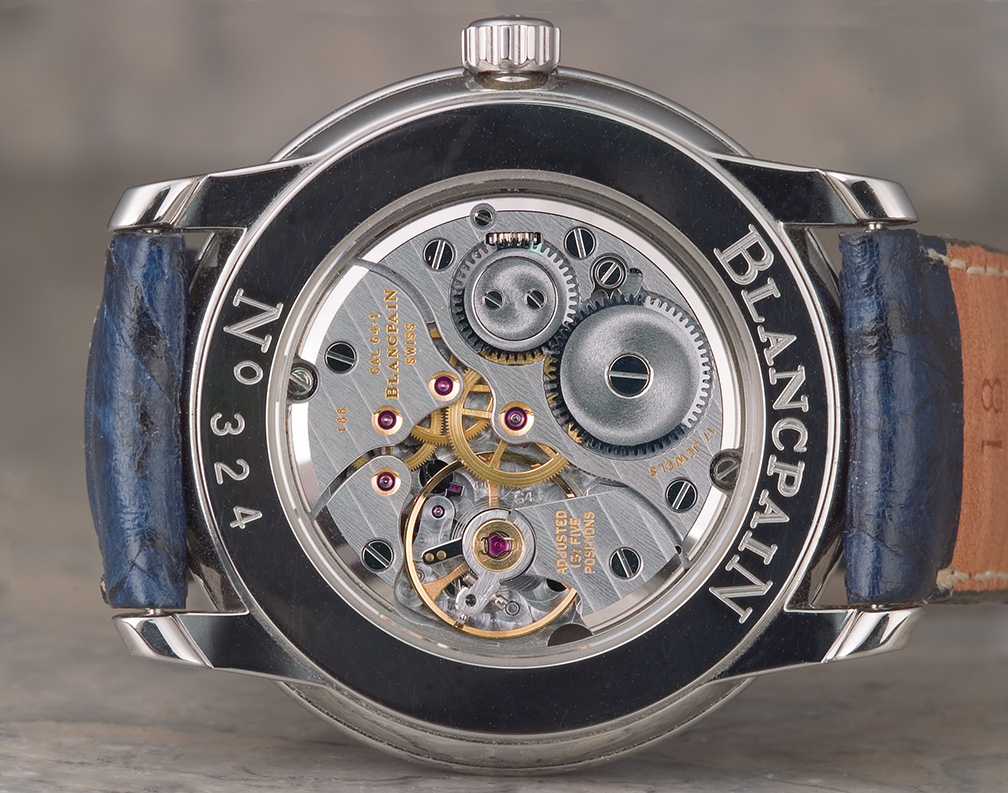
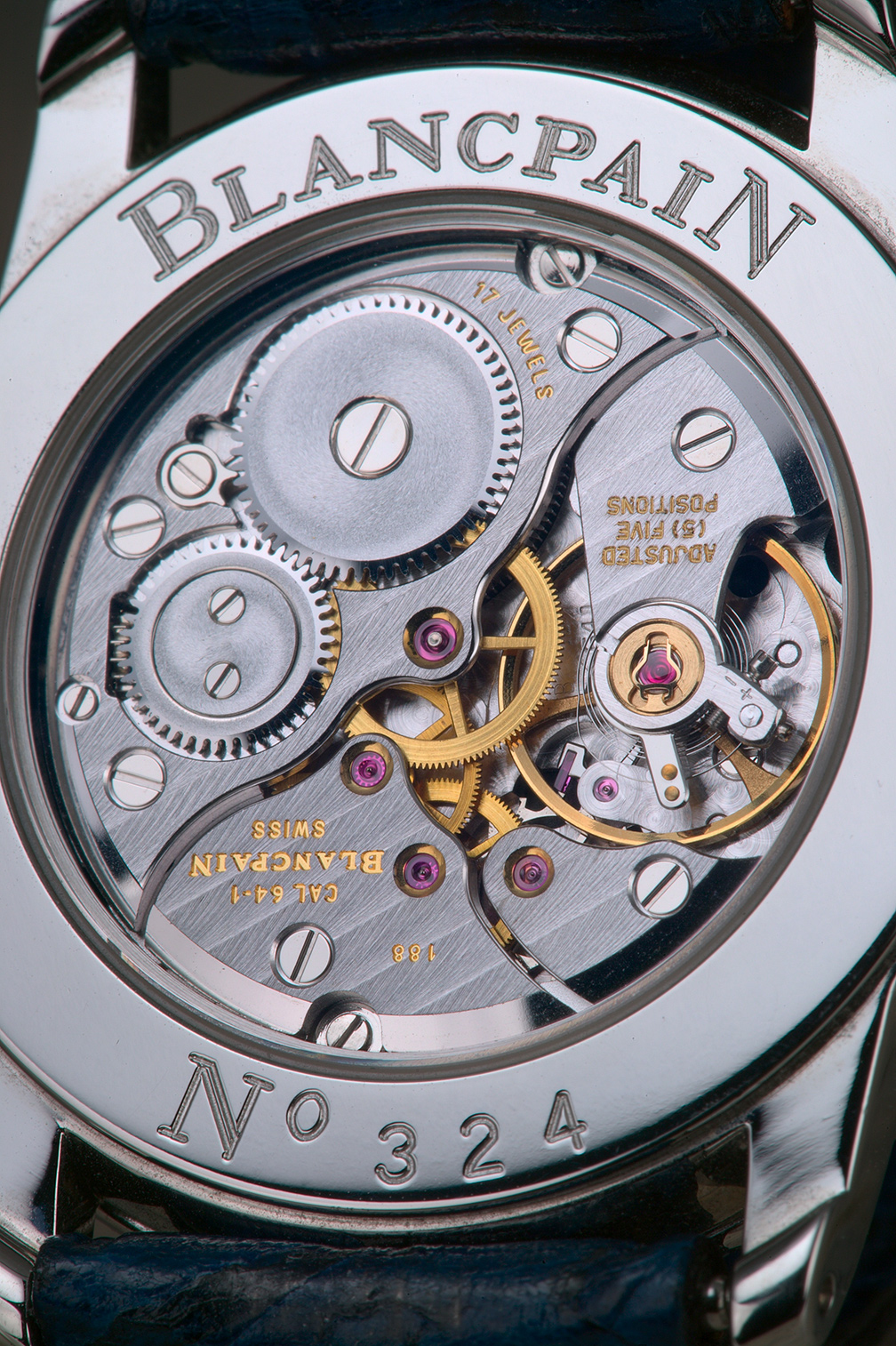
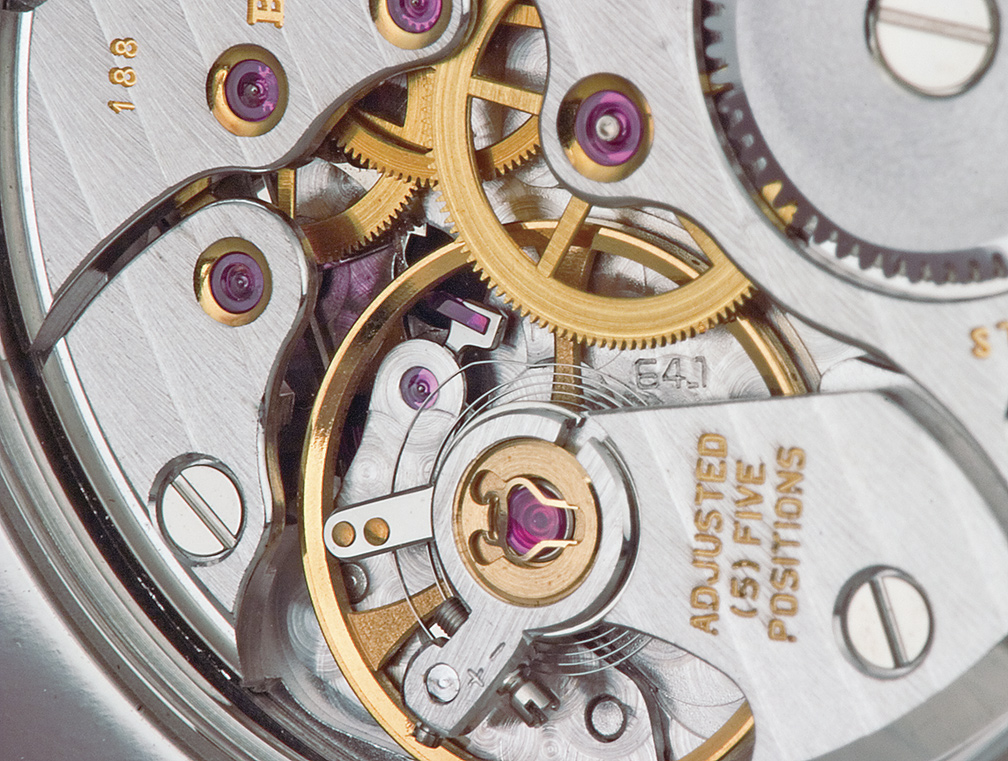
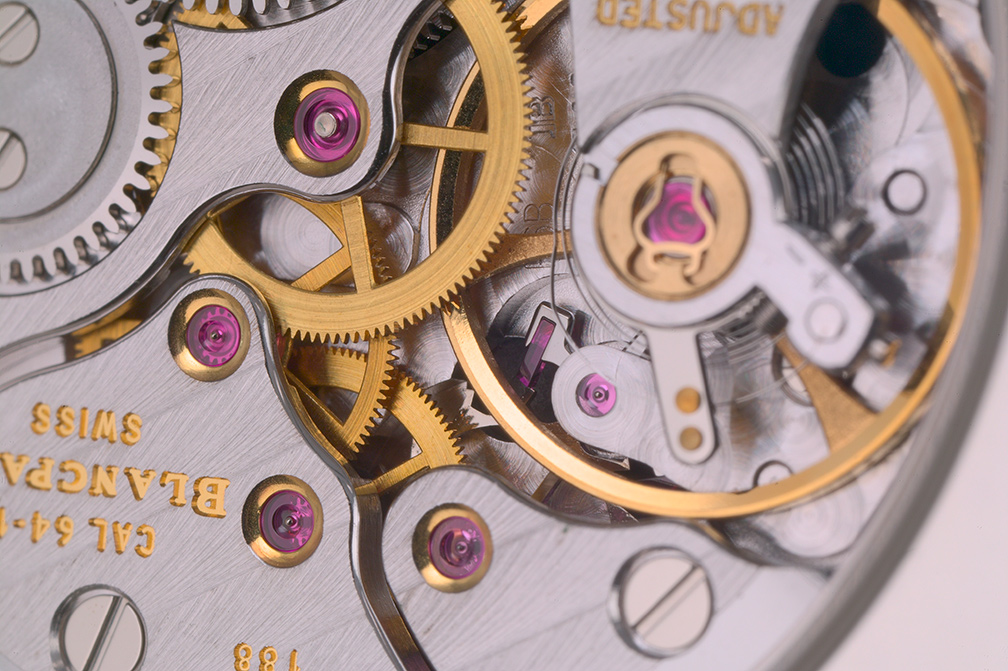
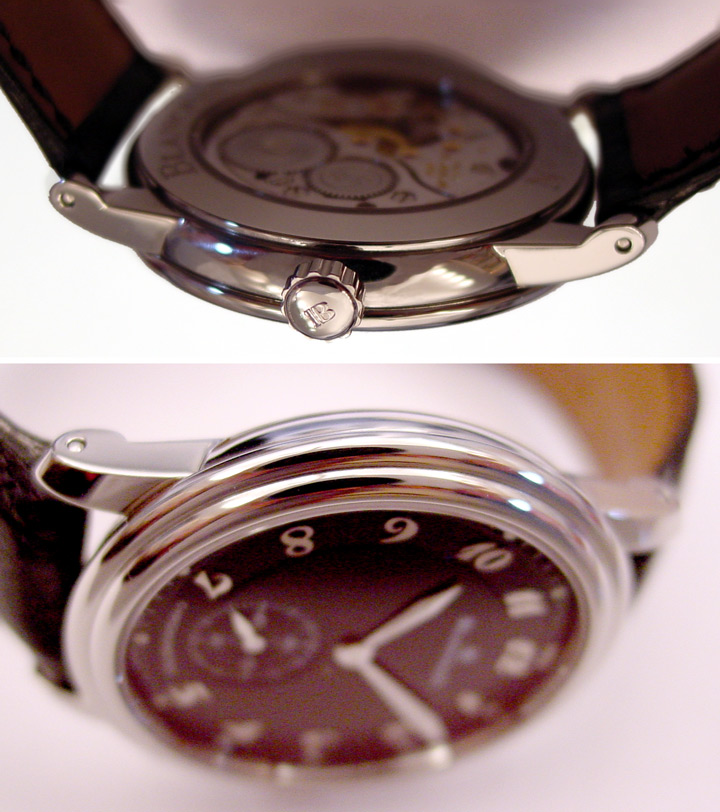
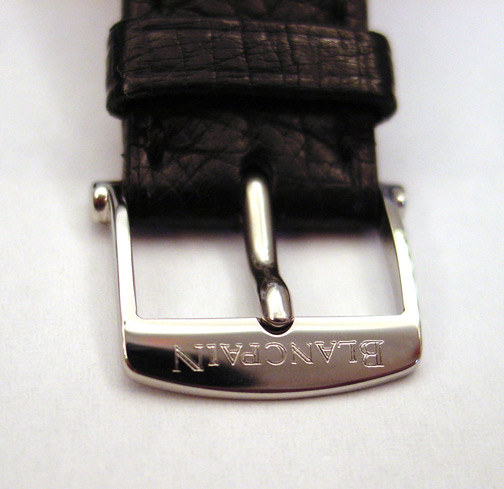
Please check out the rest of my Watch Articles and Pics
I hope you enjoyed this!
SteveG
July 21, 2001
All content Copyright asserted 2003